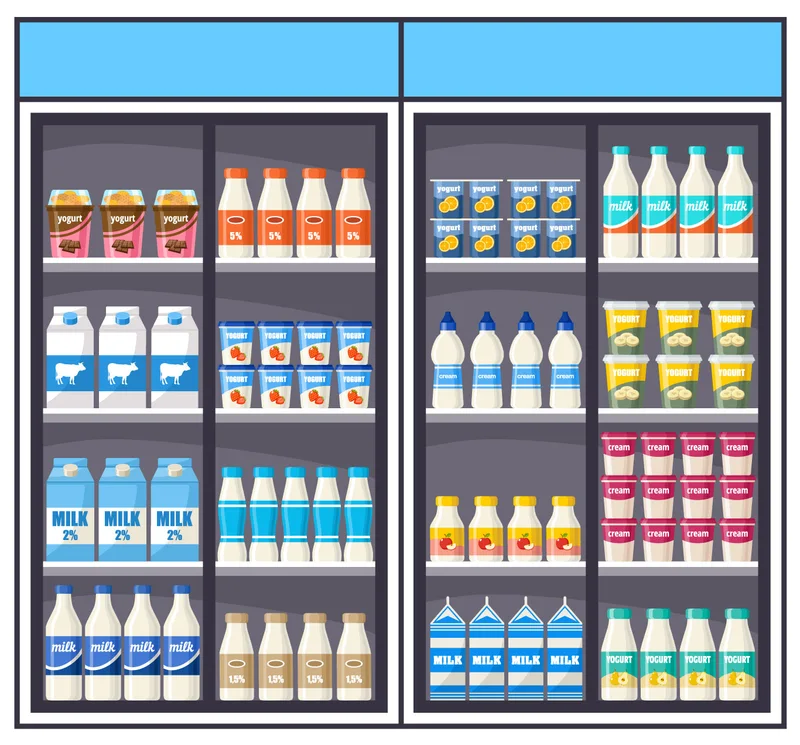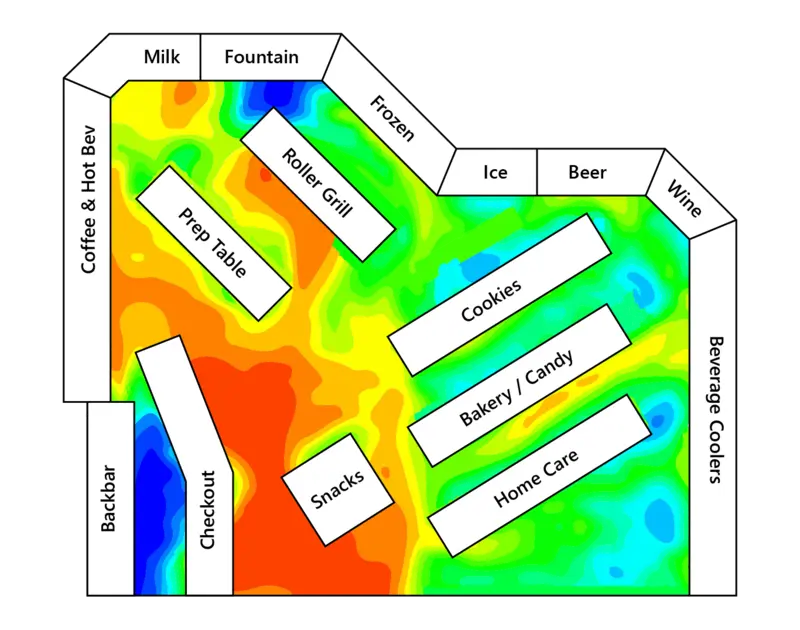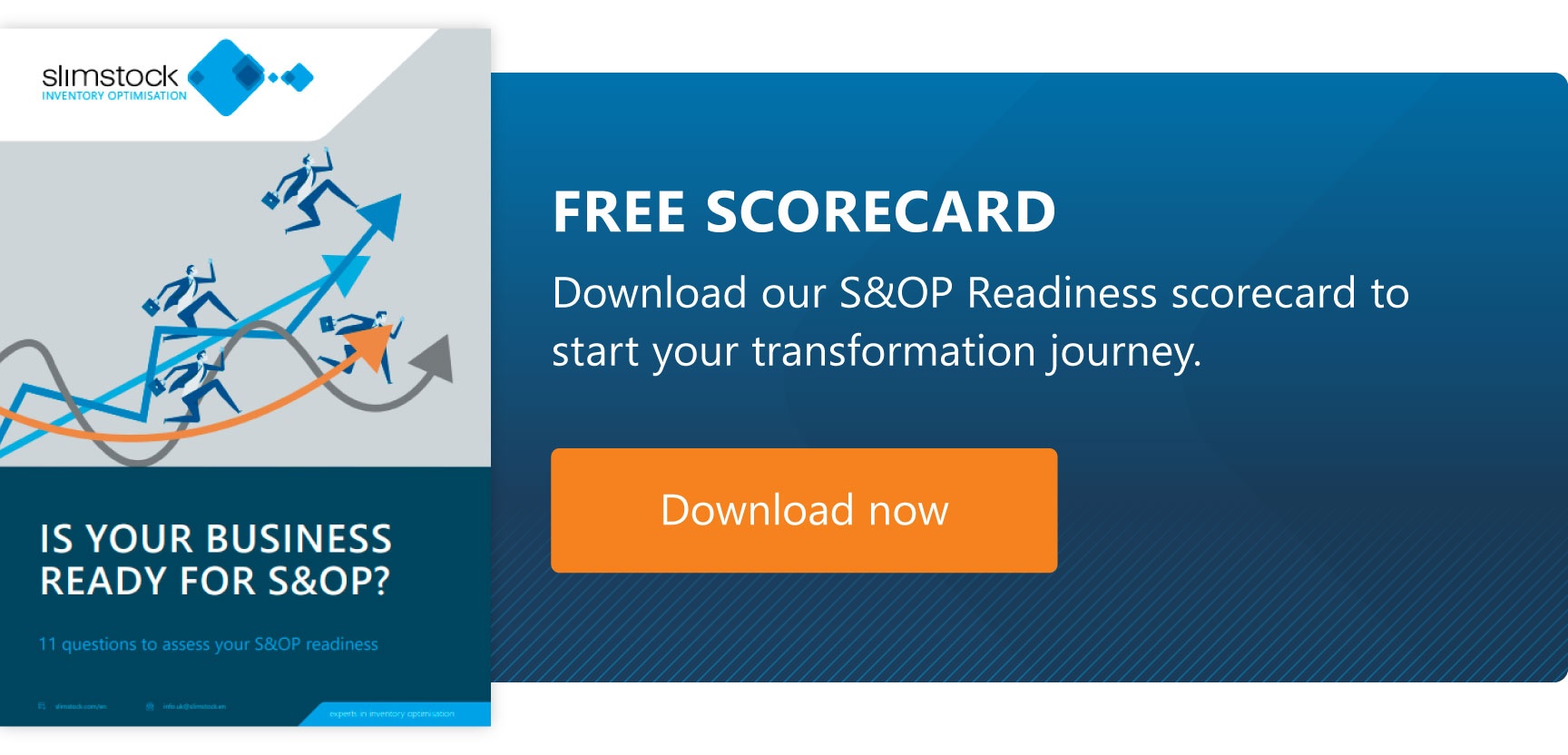Table of contents
Table of contents- Profitable Category Management In Retail
- What is category management?
- How does category management work?
- Space planning within the shop/commercial area
- What types of categories do we distinguish in category management?
- Measuring category performance: Category management scorecards
- Identifying gaps (opportunities) in category management
- How to start using category management
- Category Management FAQs
In the hustle and bustle of modern life, optimising time has become a top priority for consumers.
Whether it’s a trip to the supermarket, homeware store, or DIY branch, the question on everyone’s mind is: “Can I take full advantage of this trip to avoid the need for another shopping excursion in just a few days?”
Category management (Catman) emerges directly from consumers’ shopping habits. This term refers to shoppers’ behaviour once they’re inside the store, which differs from their behaviour before entering.
Customers tend to organise their purchases into specific categories mentally. Consequently, retailers strategically arrange products within the store to maximise the average purchase value per customer and streamline operational processes at the point of sale.
Have you noticed that fewer and fewer supermarkets have bakeries next to the entrances/exits of the establishment? This is because it is a product purchased with very high recurrence.
While it may seem more convenient for shoppers to have these items readily accessible upon entry, strategically placing them within the store ensures that customers pass by a greater variety of products—thus, more temptations. This increases the likelihood of customers making additional purchases during their visit.
Attracting customers to the shop is not easy, so it makes perfect sense that, once they’re there, the retailer should focus on getting them to buy as much as possible.
What is category management?
Category management refers to the strategic management of product categories as distinct business units, each applying its tactics.
The definition differs slightly depending on the source. But when applied to retail environments, Category management is all about employing the right product category strategies to maximise profitability while underpinning strategic objectives. Well-executed category management also improves the customer experience.
So, what category management strategies can be deployed to create the most value from every product?
How does category management work?
Category management encompasses several processes to increase in-store sales and achieve the abovementioned objectives.
Planogram planning
Planogram planning involves deciding how to display products on shelves, display cases or other display areas in the shop.
This includes determining the optimal placement of each product based on factors such as customer demand, profitability, buying trends, seasonality and availability of physical space constraints.
Some of the everyday activities to carry out the space planning process include:
Data analysis
Effective category management utilises historical sales data, market trend analysis and spatial analysis tools to understand customer buying behaviour and product preferences.
Segmentation of space
As part of the category management process, the available shopping space is divided into designated sections or zones for different product categories, considering inventory turnover and product popularity, among other factors.
Assortment planning
In the next step of the category management process, decisions are made around which products will be displayed in what location and quantity, taking into account the size and capacity of the space available and sales and profitability targets.
Shelf and display design
Category management also focuses on creating point-of-sale shelf and display designs that maximise product visibility, facilitate and stimulate the customer’s journey through the shop, and encourage impulse purchases.
Optimisation of the visual presentation
Category management also requires the adoption of visual marketing techniques, such as category grouping, effective signage and attractive product presentation, to enhance the shopping experience and stimulate sales.

Space planning within the shop/commercial area
Floor planning refers to the process of designing and managing the physical layout of products in the shop. Unlike space planning, which focuses on the arrangement of products on shelves and displays, floor planning considers the distribution of products on the “floor” of the shop.
Floor planning serves to optimise the customer experience and maximise sales by determining the strategic placement of products on the shop floor. Some of the critical considerations in floor planning include:
Customer traffic
Identify and use high customer traffic areas to place popular or high-margin products, increasing visibility and purchasing opportunities.
Hot and cold zones
Recognise the areas of the shop that receive the most attention from customers (hot zones) and those that tend to be less busy (cold zones), and adjust the layout of products accordingly to maximise sales. For example, Ikea is well known for using GPS devices in its trolleys to map the busiest areas of its shops.

Product grouping
Organise related or complementary products near each other to facilitate impulse buying and improve customer convenience.
Featured promotions and exhibitions
Set aside prominent areas in the shop for special promotions, themed displays or product highlights, which helps to attract customers’ attention and stimulate sales.
Circulation space
Ensuring sufficient space between displays and aisles allows easy access and convenient travel for customers, avoiding congestion and improving the overall shopping experience.
Clustering category management strategies
One of the primary keys to effective category management is that it is tailored to each shop. However, dealing with each shop individually is often challenging for retailers with dozens or hundreds of stores.
This is where shop stratification or clustering comes into play. In other words, it segments establishments according to certain variables and adjusts the shop’s offer depending on the segment in which they are classified.
Some of the most common classifications that can be found are:
- Stratification by geographical location
- Stratification by shop size
- Stratification by shop format
- Stratification by shop performance
- Stratification by customer profile
What types of categories do we distinguish in category management?
Category management is expected to classify categories based on the purchasing behaviour of customers and the frequency with which they are purchased. In this way, we can distinguish:
Destination
Target products are those that customers specifically plan to buy. This implies that they may go the extra mile to find these items, as they may have a specific brand or type of product in mind and are unsatisfied with a similar alternative.
In these cases, the category management strategy usually focuses on quality, brand differentiation, and attractive in-store presentation to attract and satisfy customers looking for these products.
Routine
Routine products are those that customers buy regularly as part of their everyday shopping. As they are part of their standard shopping list, customers tend to buy them predictably and without much effort. In this category, we would find basic foodstuffs, household cleaning products, and personal care items.
In these cases, the goal of the category management strategy is usually to ensure a complete assortment with a focus on availability and competitive prices.
Occasional
Occasional products are those that customers purchase from time to time, usually based on specific needs or special events. Customers may not buy these products regularly but purchase them when a special occasion or particular need arises. This would include items for celebrations, gifts, seasonal products.
In these cases, the category management strategy is often based on seasonal or occasional opportunities to promote these products, adjusting the assortment and in-store presentation according to specific events or seasons.
Convenience
Customers buy Convenience products because they are easy to access and immediate use. They tend to purchase these products quickly and without much planning, taking advantage of their availability and accessibility in the shop. This includes beverages, snacks, and baked goods.
In these cases, the category management strategy usually focuses on placing these products in areas of high visibility and customer traffic to encourage impulse purchases via special promotions and ensure high availability to meet customers’ convenience needs.
Measuring category performance: Category management scorecards
Category management scorecards allow the performance of the different product categories to be evaluated and measured.
With this tool, the category manager can obtain a clear and objective view of category performance in sales, profitability, target achievement and other key performance indicators (KPIs). Scorecards mainly fulfil the following functions:
Evaluation of category performance
Scorecards allow you to compare the performance of different product categories using various metrics. This helps to identify which categories are performing well and which may need to be adjusted or improved.
Identifying opportunities for improvement
By analysing scores on different KPIs, category managers can identify areas for improvement. For example, if a category has a low inventory turnover or a lower-than-average profit margin, this may indicate the need to adjust product assortment, improve in-store presentation, or implement more effective pricing strategies.
Data-driven decision making
Scorecards provide objective and quantifiable data on each category’s performance, enabling informed, data-driven decisions about allocating resources, setting targets, and developing growth strategies.
Monitoring progress towards objectives
Scorecards allow you to track progress towards specific objectives for each category over time. This helps ensure that the strategies implemented are working and allows adjustments to be made if necessary to stay on track towards the goals set.
Communication and alignment
They are valuable tools for communicating category performance to other organisational stakeholders, such as management, sales and marketing teams, and suppliers. This helps ensure alignment around category management objectives.
What information do scorecards contain in category management?
And what data and KPIs are included in the scorecards? The methods may differ from company to company. However, these are some of the most common metrics that are included:
Total sales
It indicates the total sales generated by each category during a specific time period, which helps assess the category’s overall revenue performance.
Sales per square metre
This metric calculates the amount of sales generated per square metre of space dedicated to a category in the shop, providing information on the efficiency of the space used.
Profit margin
It shows the percentage of profit made by each category after deducting the associated costs, allowing the profitability of the category to be assessed.
Inventory turnover
Indicates the speed at which products in a category are sold and replenished in the shop, which helps determine inventory management efficiency.
Market share
It compares the sales of a category in the shop with the total market sales for the same category, which helps to assess the shop’s position in relation to its competitors.
Fulfilment of objectives
This section shows whether the category meets the targets set in terms of sales, profitability, inventory turnover, etc.
Sales trend
Data on how category sales have varied over time can help identify seasonal patterns, changes in consumer demand or other essential trends.
Comparative analysis
Scorecards often include comparisons with previous periods and comparisons with other similar shops or locations to help contextualise category performance.
Identifying gaps (opportunities) in category management
Through category management, opportunities can be identified to help improve business performance. These opportunities can arise from data analysis, customer behaviour observation or market trends monitoring. Here are some joint opportunities that can be detected through category management:
Identifying gaps in the assortment
Analysing the shop’s product assortment and comparing it to customer demand and preferences can reveal gaps in the assortment. These may include a lack of popular products, complementary products that are not available, or the need to introduce new product lines to meet emerging market needs.
Optimisation of the existing assortment
Assessing the performance of product categories and determining which products are generating the highest sales and profit margins can help identify opportunities to optimise the existing assortment.
This may involve eliminating underperforming products, adding new variants of popular products, or adjusting the quantity of products based on customer demand.
Identifying opportunities for innovation
Observing market trends and changing customer preferences can help identify opportunities to introduce new product lines or innovate on existing products.
Improving the presentation in the shop
Assessing the layout and presentation of products in the shop can reveal opportunities to improve their visibility and attractiveness to customers. This may involve changes in visual presentation, signage, grouping of complementary products, or strategic placement of high-performing products.
How to start using category management
If you have not yet implemented category management in your company, there are some issues you should be aware of before you start. You need to get the whole organisation aligned and move towards a collaborative mindset shared by all members to overcome knowledge silos and get the different teams working together to share ideas and best practices.
A certain level of automation is also essential to capture and process data. Otherwise, category management teams will do a lot of tactical and administrative work – creating charts and PowerPoints – instead of spending time analysing and identifying how they can improve their categories. The more you automate the process, the more you can get out of category management.
Category Management FAQs
What is category management, and why is it important in retail?
Category management involves strategically managing product categories within retail to maximise profitability and enhance the customer experience.
How does category management differ from traditional retail management approaches?
Category management differs from traditional retail management in that it focuses on individual product categories as distinct business units, employing specific tactics to optimise performance.
What are the main objectives of category management?
The main objectives of category management include maximising profitability, improving the customer experience, and streamlining operational processes within retail environments.
How can category management help identify opportunities for business improvement?
Category management helps identify opportunities for business improvement by analysing product assortment, optimising existing offerings, identifying market trends, and improving in-store presentation.
What does a category manager do?
A category manager is responsible for strategically managing a specific product category within a retail environment. Their duties typically include analysing sales data, identifying market trends, developing assortment strategies, negotiating with suppliers, and optimising product placement and pricing to maximise profitability and enhance the customer experience within their assigned category.





